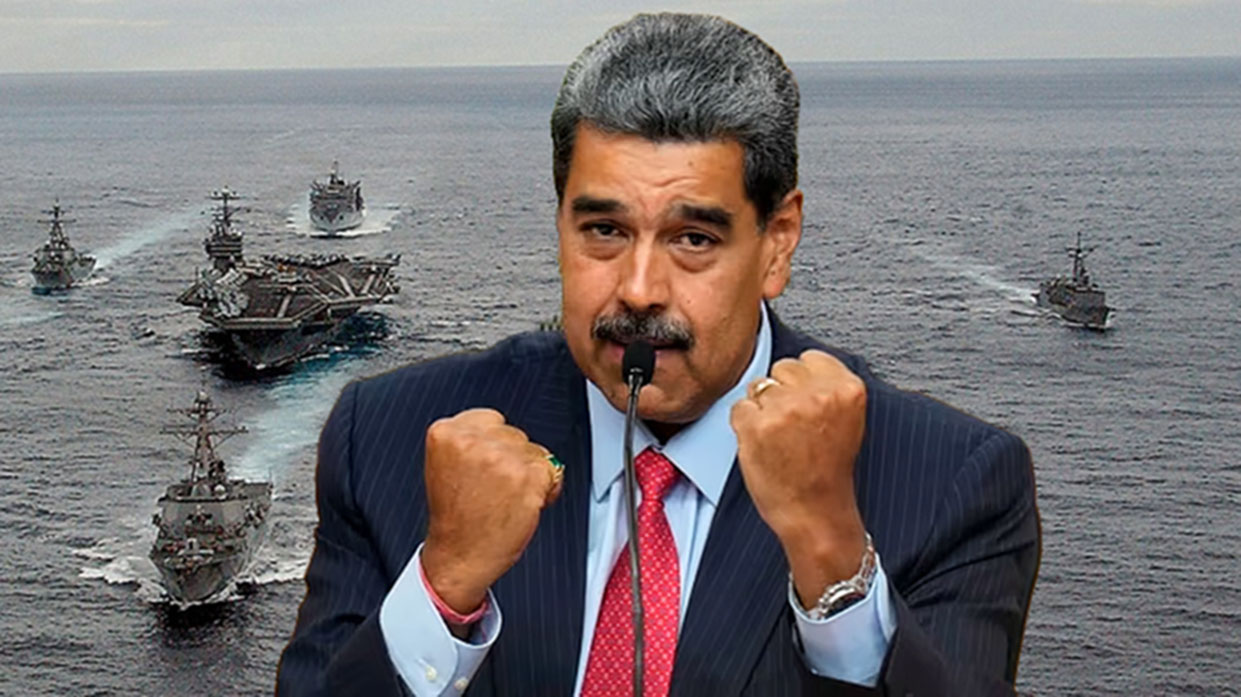On June 24, 2025, the 12-day war between Israel and Iran officially paused as a U.S.-brokered ceasefire took hold on June 24, marking the deadliest direct clash between the two since 1979. Both Washington and Tel Aviv celebrate a preemptive campaign that, they say, crippled Iran’s nuclear capabilities, while Tehran and its allies insist they withstood unlawful aggression and emerged defiant. As competing narratives crystallize around “victory” versus “aggression,” 3 Narratives News examines how each side frames this crisis and what’s at stake for international law and future stability. aljazeera.comaljazeera.com
Background: A Brief Overview of the June 2025 Crisis
In mid-June 2025, long-simmering hostilities between Israel and Iran erupted into the deadliest direct confrontation the two adversaries have ever endured. For 12 days beginning June 13, Israeli jets—backed by U.S. forces—struck Iranian military and nuclear sites at Fordow, Natanz and Isfahan. Iran responded with waves of ballistic missiles aimed at Israeli cities and U.S. bases in the Gulf. A phased, U.S.-brokered ceasefire took effect on June 24, halting the fighting before it could spiral into a wider regional war. According to Reuters, at least 610 Iranians and 28 Israelis were killed, while thousands more were wounded on both sides.
Narrative 1: “Defensive Action and Historic Victory” – The US/Israel Perspective
From Washington and Jerusalem’s viewpoint, the June offensive represented a lawful act of preemptive self-defence intended to thwart an imminent Iranian nuclear threat. U.S. envoys told the United Nations Security Council that the air campaign “effectively fulfilled our narrow objective: to degrade Iran’s capacity to produce a nuclear weapon,” adding that Iran’s key sites had been “obliterated.” President Donald Trump lauded the strikes for “obliterating” Iran’s enrichment facilities, while Israeli Prime Minister Benjamin Netanyahu declared a “historic victory.” Satellite imagery from Maxar Technologies showed massive craters at Natanz and Fordow, underscoring the operation’s precision. Western intelligence assessments suggest the attack set back Iran’s nuclear program by several months to years. Meanwhile, Iran’s missile barrages inflicted comparatively minimal damage: Israel’s multi-layered air defences intercepted the bulk of incoming projectiles, resulting in fewer than 30 fatalities on the Israeli side. Backers of this narrative argue that decisive force achieved in days what years of diplomacy could not, restoring deterrence and preventing a nuclear-armed Iran.
Narrative 2: “Unprovoked Aggression and Resistance” – The Iran/Allies Perspective
Tehran and its regional partners reject the claim of self-defence, framing the campaign as an unlawful assault on Iran’s sovereignty and peaceful nuclear program. Iran’s Supreme Leader, Ayatollah Ali Khamenei, hailed what he called a “victory” over the “Zionist regime,” asserting that missile strikes on Al-Udeid Air Base demonstrated Iran’s capacity to hit U.S. interests directly. Iran’s U.N. ambassador labelled the airstrikes “legally baseless” under the U.N. Charter, pointing to full IAEA safeguards on the targeted facilities. In the days following the ceasefire, Iran’s parliament approved a bill to suspend cooperation with the UN nuclear watchdog, portrayed as justified resistance to “torpedoed diplomacy.” Iranian media have highlighted scenes of Tehran’s damaged neighbourhoods and funeral processions for hundreds of civilians killed, denouncing the strikes as a “massacre.” Russia and China have criticized the U.S.-led action at the UN, warning that accepting a unilateral “preemptive” doctrine risks eroding international law. In this narrative, the ceasefire is seen not as Iran’s concession but as proof that its resilience compelled adversaries to stand down.
Looking Ahead: A Crisis, Two Stories, and an Uncertain Aftermath
The Iran–Israel showdown has paused, but the battle of narratives is only intensifying. In the West, many view the operation as a moment of mission accomplishment that reaffirmed deterrence and averted nuclear proliferation. In Tehran and across the “Resistance Axis,” people are told that Iran proved its mettle by facing down two nuclear-armed foes and forcing them to stand down. Each narrative carries a different lesson—one of justified preemption and triumph, the other of unlawful aggression and heroic defiance. Which version will dominate the historical memory of this event remains to be seen, but its repercussions—in international law, Middle East stability, and the precedent for “preemptive” force—will reverberate for years.


